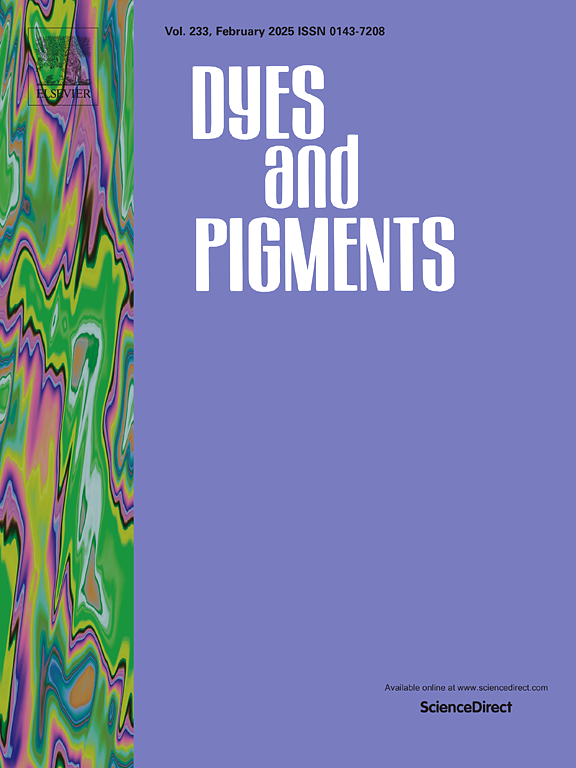Recent developments in the bioimaging and chemosensing applications of rhodamine derivatives for metal ions detection: A review
IF 4.1
3区 工程技术
Q2 CHEMISTRY, APPLIED
引用次数: 0
Abstract
Rhodamine derivatives have garnered extensive attention in recent years due to their significant sensing properties and structural adaptability, making them indispensable tools in sensing applications for the detection of different analytes. The ability to selectively interact with target species, coupled with their high sensitivity and rapid response, has positioned rhodamine derivatives as key components in the development of novel chemosensors for various applications in biomedical diagnostics, pharmaceutical analysis, and environmental monitoring. In addition, rhodamine derivatives have garnered significant interest in recent years due to their remarkable fluorescence properties and structural versatility, making them invaluable tools in visualizing cellular structures and processes. In this study, we review the advancements in rhodamine-based chemosensors for metal ion detection such as Cu2+, Cd2+, Co2+, Ag+, Mn2+, Cd2+, Cr3+, Fe2+, Ni2+, Hg2+, Pb2+, Zn2+, Fe3+, etc. and their applications in bioimaging, focusing on developments from 2021 to 2024. Also examines the sensing mechanisms of rhodamine derivatives toward the these metal ions. Additionally, the versatility of rhodamine derivatives in designing chemosensors for bioimaging applications of these cations in various live cells such as MCF7, HeLa, HEK293T, HepG2, L929, U-87, MIA PaCa-2, SiHa, HCT -116, A549, L6, MC3T3 and plant root tissues as well as in lampfishes, zebrafishes, drosophila, caenorhabditis elegans and adult mice are discussed.
求助全文
约1分钟内获得全文
求助全文
来源期刊

Dyes and Pigments
工程技术-材料科学:纺织
CiteScore
8.20
自引率
13.30%
发文量
933
审稿时长
33 days
期刊介绍:
Dyes and Pigments covers the scientific and technical aspects of the chemistry and physics of dyes, pigments and their intermediates. Emphasis is placed on the properties of the colouring matters themselves rather than on their applications or the system in which they may be applied.
Thus the journal accepts research and review papers on the synthesis of dyes, pigments and intermediates, their physical or chemical properties, e.g. spectroscopic, surface, solution or solid state characteristics, the physical aspects of their preparation, e.g. precipitation, nucleation and growth, crystal formation, liquid crystalline characteristics, their photochemical, ecological or biological properties and the relationship between colour and chemical constitution. However, papers are considered which deal with the more fundamental aspects of colourant application and of the interactions of colourants with substrates or media.
The journal will interest a wide variety of workers in a range of disciplines whose work involves dyes, pigments and their intermediates, and provides a platform for investigators with common interests but diverse fields of activity such as cosmetics, reprographics, dye and pigment synthesis, medical research, polymers, etc.
 求助内容:
求助内容: 应助结果提醒方式:
应助结果提醒方式:


